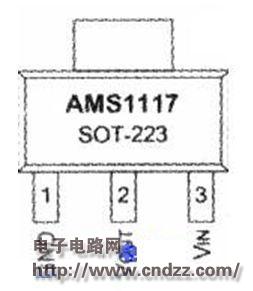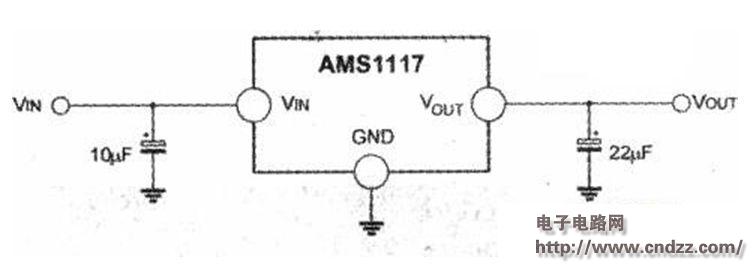Smart change wireless mouse power supply circuit diagram
Wireless mice are favored by computer users (especially laptop users) because they have no wires. However, because there is no wire, the mouse needs to be powered separately, which causes great trouble to the user.
At present, the wireless mouse power supply mode is mainly based on dry battery power supply, although there are also rechargeable lithium-ion battery power supply methods, but relatively few.
Since the dry battery is a disposable battery, the use frequency of the mouse is high, and the working current is large, resulting in a short battery life, which increases the cost and causes pollution to the environment. Take the wireless mouse model of the Pennefather 1090 as an example. The mouse is powered by a fifth battery. The normal standby current of the mouse is about 2mA, but the working current can reach 30mA-40mA when you click, move or rotate the wheel. 
Such a huge power consumption is not enough to use for a month even if the Nanfu battery with better performance is installed. The average dry battery on the market is used for less than half a month, and as long as the voltage drops to around 1.3V, it cannot be used. I have considered a single-cell rechargeable Ni-MH battery, but it is well known that the design voltage of Ni-MH battery is 1.2V. It can be used when the floating voltage of the first full-filled point is higher than 1.3V, but the road end is used less than two days later. When the voltage drops to 1.2V, it is impossible to drive the mouse to work properly. In order to save costs, it was decided to use a lithium-ion battery to supply power and use a three-terminal integrated voltage regulator to step down. The power supply mode of the wireless mouse was successfully improved and the effect was good.
Since the lithium-ion battery is used for power supply, the volume of the lithium battery should be selected according to the internal space of the mouse. It should not be too large, otherwise it cannot be loaded into the mouse and affect the appearance of the mouse. The selected lithium battery also requires a charge and discharge protection circuit to prevent overcharging or overdischarging to reduce the life. The output voltage of the lithium battery is between 3.6V and 4.2V. The step-down uses a three-terminal integrated voltage regulator AMS1117-1.5. The chip can directly regulate the output of a stable 1.5V DC voltage. No external components are required. Its outline package is shown on the right, and the typical application circuit is shown below. 
The connection diagram of the circuit is shown in the figure below. It is the circuit connection diagram inside the mouse. The P1 interface in the figure is directly connected to the positive and negative shrapnel of the mouse battery. The P2 interface is a mini USB interface socket that is placed at the appropriate position of the mouse, and is common with the ordinary USB charging data line for charging the lithium battery in the mouse. Since the USB interface voltage is 5v, the lithium battery cannot be directly charged. Therefore, a diode is connected in series, and the voltage is lowered to about 4.2V, which can be directly charged by the battery. The lithium battery is equipped with a protection circuit to play a role in preventing overcharging. In the process of use, when the battery is used up, directly use the USB to mini USB Data Cable to plug in the USB interface to charge, you can still use it as a wired mouse.

After the above improvement of the mouse, the measured working current is basically the same as the mouse standby and normal operating current. However, due to the use of a rechargeable lithium battery, it can be recycled. After actual use, it is found that a lithium battery with a capacity of about 500mAH can be used for about 15 days after being fully charged. After the improvement, there is no need to worry about the cost and pollution of the dry battery.
Of course, due to the power consumption and efficiency of the three-terminal integrated voltage regulator AMS1117-1.5, the mouse power supply solution naturally does not achieve the best results.
We have experience and skill to support customers to tooling for their required waterproof connectors, like IP68 series,micro fit connectors. Etop wire assemblies for various industries have been highly recognized by all the customers and widely used for automobiles, electrical and mechanical, medical industry and electrical equipemnts, etc. Products like, wire harness for car audio, power seat, rear-view mirror, POS ATM, Diesel valve Cover gasket fit, elevator, game machine, medical equipment, computer, etc.
JST Connector,Molex Connector, Multi-Contact Connector, Micro Fit Connectors
ETOP WIREHARNESS LIMITED , https://www.oemmoldedcables.com